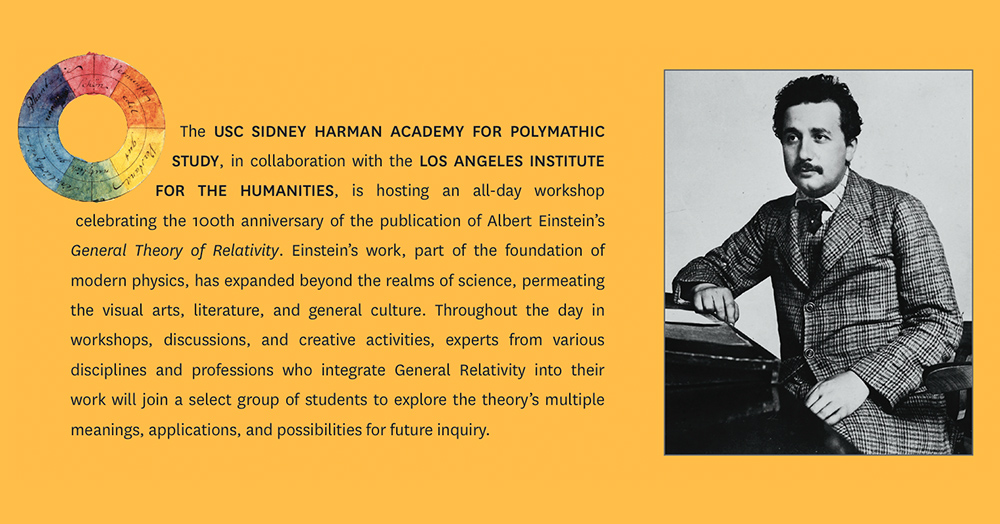[caption id="attachment_19335" align="alignright" width="215"] Diamond maser. Image from Jonathan Breeze, Imperial College[/caption]This is part 2 of a chat about some recent thoughts and results I had about de Sitter black holes, reported in this arxiv preprint. Part 1 is here, so maybe best to read that first.
Diamond maser. Image from Jonathan Breeze, Imperial College[/caption]This is part 2 of a chat about some recent thoughts and results I had about de Sitter black holes, reported in this arxiv preprint. Part 1 is here, so maybe best to read that first.
Now let us turn to de Sitter black holes. I mean here any black hole for which the asymptotic spacetime is de Sitter spacetime, which is to say it has positive cosmological constant. This is of course also interesting since one of the most natural (to some minds) possible explanations for the accelerating expansion of our universe is a cosmological constant, so maybe all black holes in our universe are de Sitter black holes in some sense. This is also interesting because you often read here about explorations of physics involving negative cosmological constant, so this is a big change!
One of the things people find puzzling about applying the standard black hole thermodynamics is that there are two places where the standard techniques tell you there should be a temperature associated with them. There’s the black hole horizon itself, and there’s also the cosmological horizon. These each have temperature, and they are not necessarily the same. For the Schwarzschild-de Sitter black hole, for example, (so, no spins or charges… just a mass with an horizon associated with it, like in flat space), the black hole’s temperature is always larger than that of the cosmological horizon. In fact, it runs from very large (where the black hole is small) all the way (as the black hole grows) to zero, where the two horizons coincide.
You might wonder, as many have, how to make sense of the two temperatures. This cannot, for a start, be an equilibrium thermodynamics system. Should there be dynamics where the two temperatures try to equalise? Is there heat flow from one horizon to another, perhaps? Maybe there’s some missing ingredient needed to make sense of this – do we have any right to be writing down temperatures (an equilibrium thermodynamics concept, really) when the system is not in equilibrium? (Actually, you could ask that about Schwarzschild in flat space – you compute the temperature and then discover that it depends upon the mass in such a way that the system wants to move to a different temperature. But I digress.)
The point of my recent work is that it is entirely within the realm of physics we have to hand to make sense of this. The simple system described in the previous post – the three level maser – has certain key interconnected features that seem relevant:
- admits two distinct temperatures and
- a maximum energy, and
- a natural instability (population inversion) and a channel for doing work – the maser output.
My point is that these features are all present for de Sitter black holes too, starting with the two temperatures. But you won’t see the rest by staring at just the Schwarzschild case, you need to add rotation, or charge (or both). As we shall see, the ability to reduce angular momentum, or to reduce charge, will be the work channel. I’ll come back to the maximum […] Click to continue reading this post →
























